How to keep plants alive while on vacation – care and watering tips
Knowing the best ways to care for and water plants while on vacation will ensure they are still alive and healthy for when you return. Try deep watering, irrigation systems and more methods as recommended by professional horticulturists
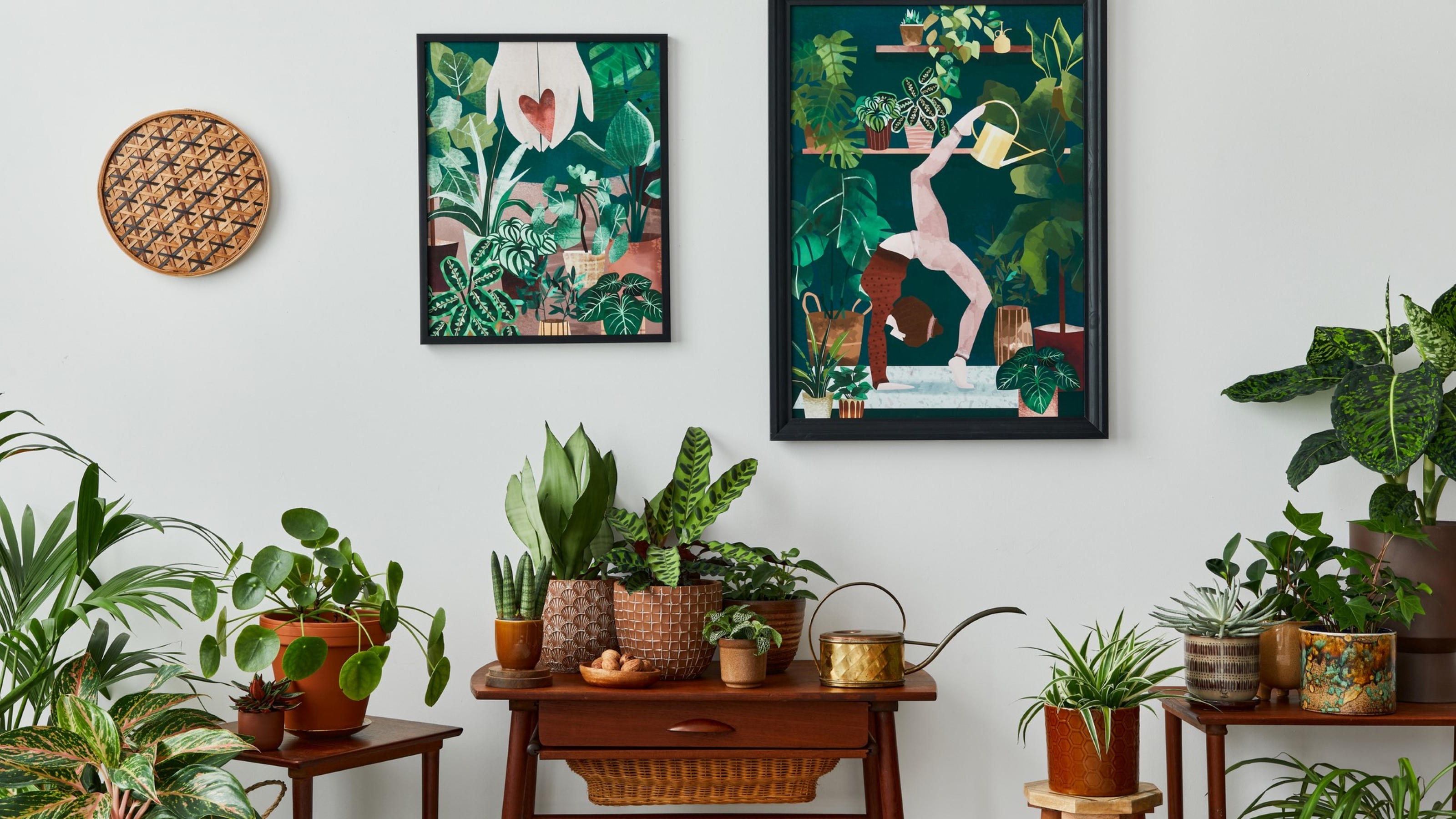
If you're about to jump on a plane or road trip to somewhere exotic for a fortnight or more, worrying about what to pack is one thing but, knowing how to care for and water plants while on vacation is something else that could be on your mind.
Every plant parent will know that keeping your best indoor plants happy isn't easy at the best of times, and keeping plants alive when you're away from home isn't any different. That is unless you know what you're doing...
First of all, though, all of our plant experts recommend educating yourself about your plants, since different houseplants can have dramatically different watering requirements. The good news is that, as far as indoor plants go, most plants ‘should be fine to be left alone for at least a week without receiving any water or general care’, according to Matt Aulton, plant expert and Co-Founder of Plant Proper. With most tropical houseplants, you only really need to start planning if you’re going away for two weeks or longer.
We've rounded up the best tried and tested methods used by professional horticulturists so that you really won't need to worry about a thing – let alone returning home to sad houseplants – whether you're lying on a beach, by the pool or hiking up a mountain.
1. Give your plants a deep water
A deep watering session will be a bit different from your regular watering. Aulton says that a deep watering ‘can be done by bottom watering and allowing the plant's soil to wick it up and fully saturate it from the ground up.’ You can also just water them a little longer than you normally would so that a bit of water is left standing in the saucers under the pots. While this is normally not recommended, having this water reserve may make a crucial difference while you’re away.
Outdoor garden plants will also benefit from a deep soak, ideally with the best garden hose set on the shower or soaker setting. Potted plants will need the most attention, especially hydrangeas and roses, plants that really suffer when their roots are dry. If you have fruit trees in your garden, soak the bottom half of their trunks, too, to aid hydration.
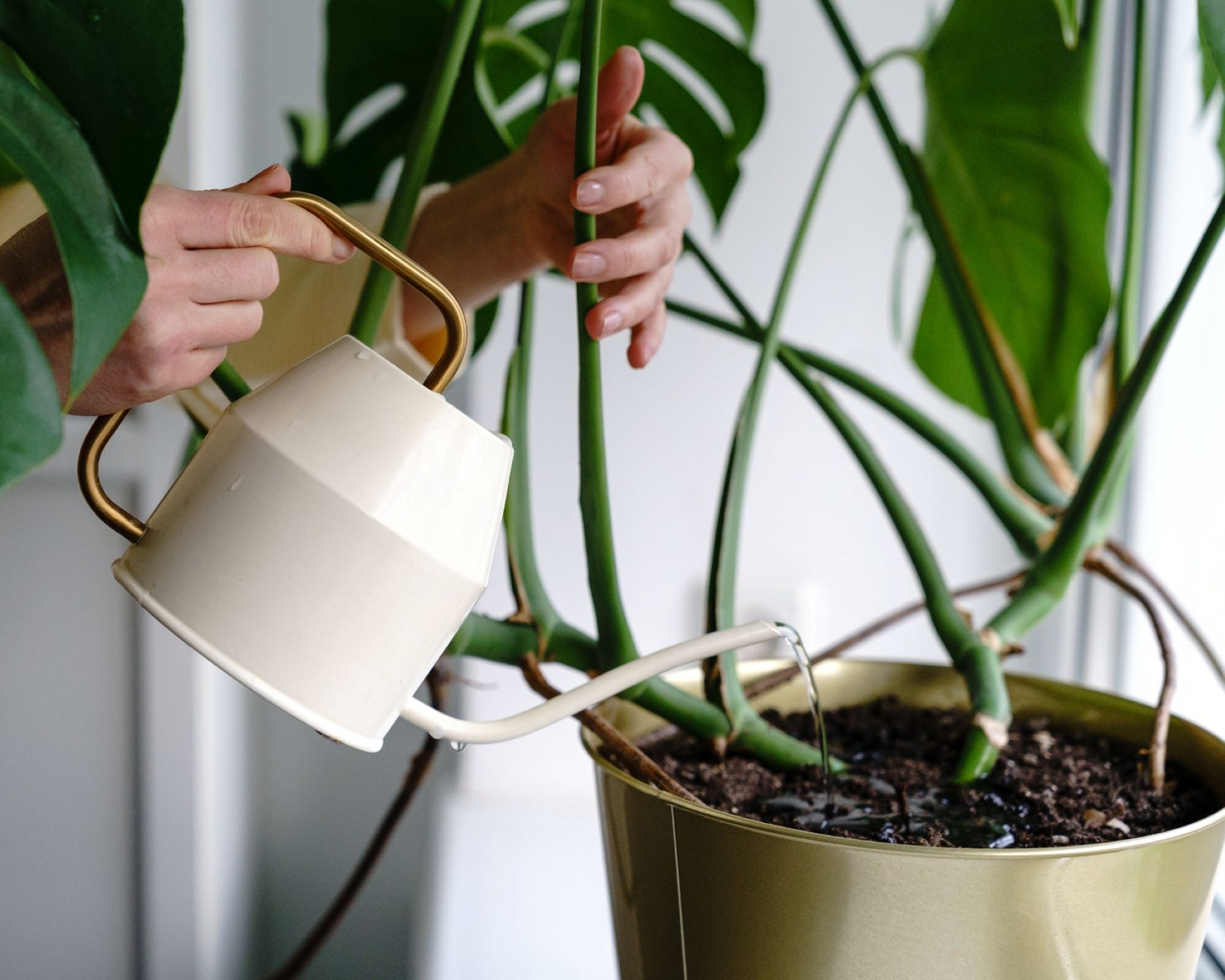
2. Leave houseplants in water reservoirs
This method is to be tried with caution, because it will only help keep your plants alive under the right conditions. Julia Omelchenko, a resident botanist expert for the NatureID app reassures readers that ‘if you are sure that the room will be consistently warm and well-lit, it’s safe to leave the plant with a well-developed root system in a container filled with water.’ This can be an old cooking pot, a laundry tub, or a bucket.
However, you do need to be careful with this method: ‘if there is a chance of temperature changes or the soil is too dense, dusty, and gets waterlogged quickly, you need to go for another watering method.’ If it’s between a dried-out plant and a plant that dies from root rot, you should only veer on the side of caution.
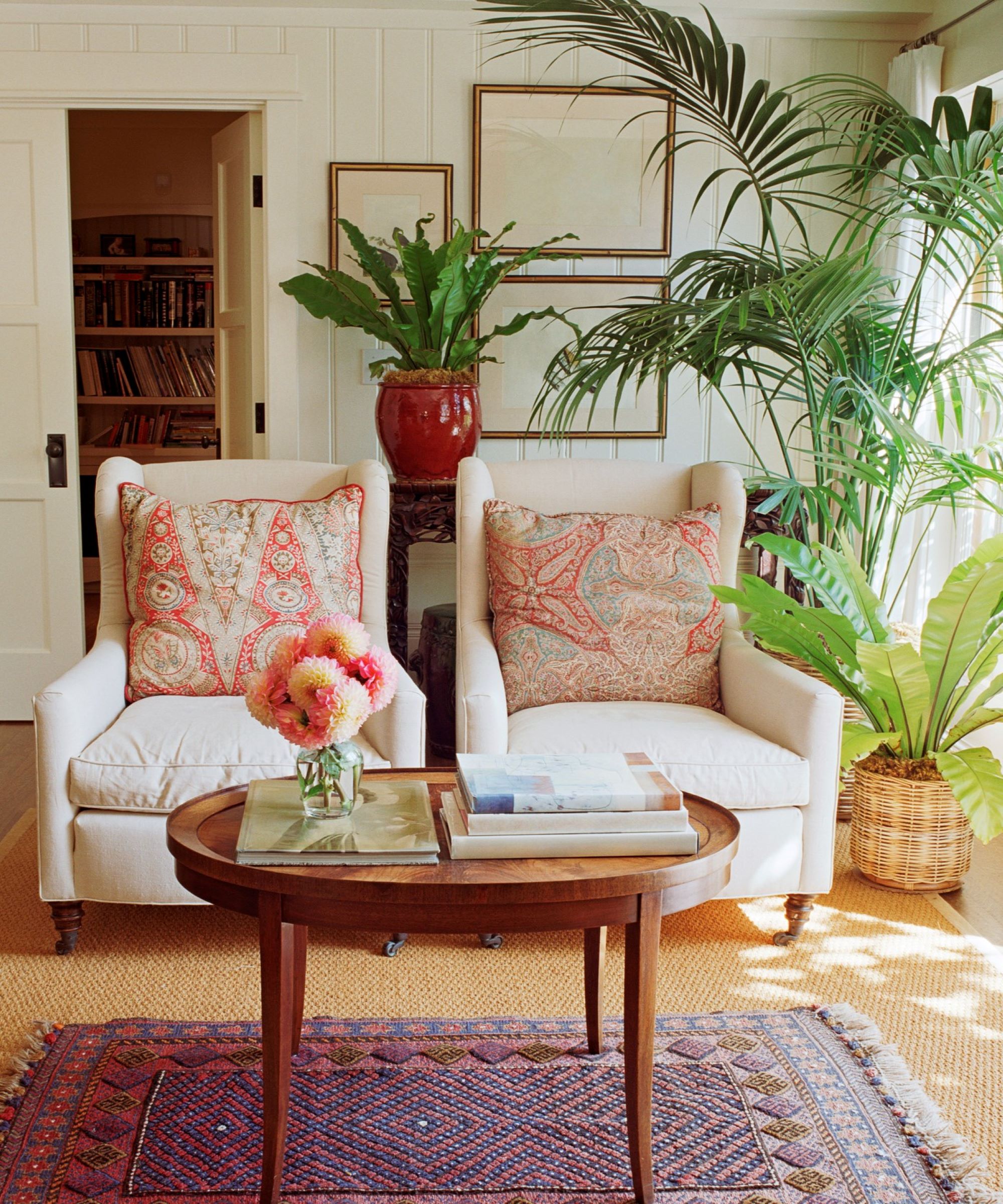
3. Get a plant watering globe or spike
There are now plant-watering devices you can get that will help water your plants while away and won’t just drown their roots. A plant watering globe or plant watering spike (both available from Amazon) will gradually release water from its reservoir into the soil and can be used both indoors and outdoors. You just fill it with water and stick it into your pot. The watering globes tend to be prettier as they’re made from glass.
4. Ask someone to water your plants for you
Ultimately, if you’re going to be away for a while, ‘a friend or family member may have to stop by and lend a hand’, Aulton advises. ‘ Having someone come by and water the plants for you may be the difference between a plant being alive or dead when you return from your much-needed vaca.’
Top tip: If you have many plants and they have different requirements, it’s best to leave a note for your friends/family, because they likely won’t remember which plant needs what.
5. Use a sprinkler system? Make sure it’s working
John Thomas, the of backyardgardengeek.com, knows from experience that a sprinkler system needs to be checked before every vacation to make sure it will work as needed. ‘ If a sprinkler head is malfunctioning, and you don't notice it before leaving town, your plants might be dead by the time you return.’ If in doubt, get a new sprinkler (from Amazon, for example).
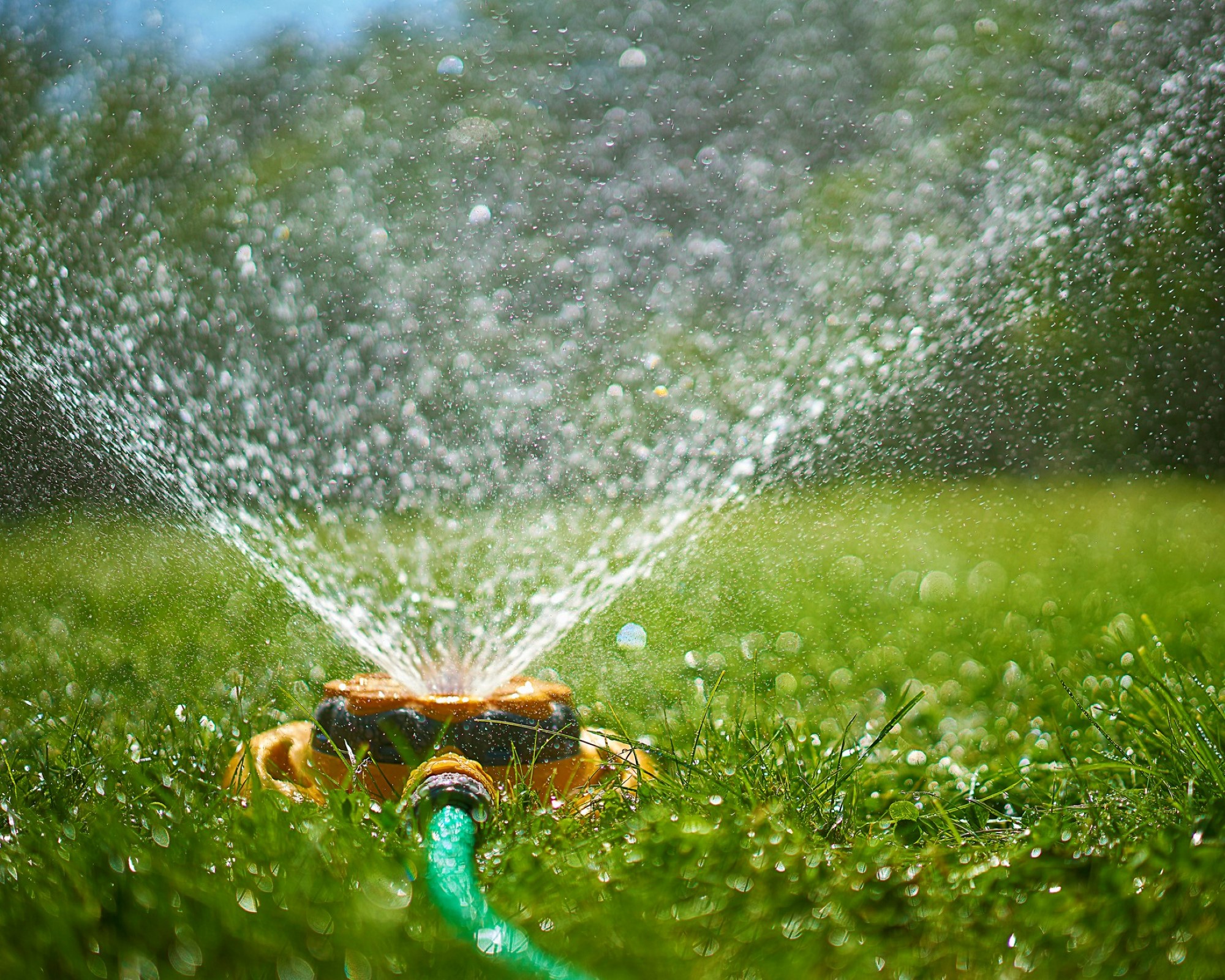
6. Get self-watering pots
Another way to keep your plants hydrated is by investing in self-watering pots. Gabriel J. Croteau, Certified Master Gardner at Juliei Salone, praises self-watering pots ‘because they can go longer without water than traditional pots and don't need to be watered as often. They typically come with their own trays for collecting water, which you can either fill up yourself or set up so that they automatically fill themselves up when the soil in the tray gets dry.’
7. Install a drip irrigation system
For more complex watering needs, especially if you have a vegetable garden, you may need to invest in a drip irrigation kit. Thomas says that ‘setting a drip irrigation system to run on a timer is a great way to ensure that your plants get constant watering while you're away. This is usually a little time intensive during the setup phase, but it'll save you lots of time once you've got the system up and running.’
8. Move houseplants away from sunny windows
This is a really useful trick because moving plants out of direct sunlight ‘will allow the plants to go longer without needing to be watered’, as Aulton tells us. Of course, moving plants that like plenty of light into a shady location is a bad idea: you may find that they’ve died from the lack of light while you were away. But just moving them further into the room by a couple of inches will allow them to hold on to the water in the soil a little longer.
9. Group plants together
Aulton explains that ‘grouping the plants together and keeping the humidity levels high also help allow the plants to go longer between waterings.’ This trick works best for indoor plants, but it can also be beneficial for outdoor container plants, especially if you can make sure they’re really close together on a moist garden wall.
Will my plants survive without water for a week?
Yes. Most plants, both indoor and outdoor will be ok if left unwatered for up to a week. The exceptions are very young plants and seedlings that may not make it, but during the summer, you shouldn’t have too many immature plants. Thoroughly watering just before you go on vacation should do the trick in most cases.
If you are a frequent traveler and regularly are away from home for longer than two weeks, you may wish to reconsider what plants you grow in your home. Omelchenko recommends growing cacti and succulents: ‘you don’t need to worry about them’, she says. ‘They can go for 3 to 4 weeks without any watering.’
Worried about your backyard? Again, growing drought-tolerant plants may be a better strategy than hoping it will rain every time you’re away. Herbaceous perennials like lavender and rosemary, for example, will happily go two-three weeks without watering, while the ever-thirsty hydrangea (the clue is in the name) will begin to wilt after only a few days without water. So, choose your plants according to your lifestyle.
Join our newsletter
Get small space home decor ideas, celeb inspiration, DIY tips and more, straight to your inbox!
Anna is a professional writer with many years of experience. She has a passion for contemporary home decor and gardening. She covers a range of topics, from practical advice to interior and garden design.
-
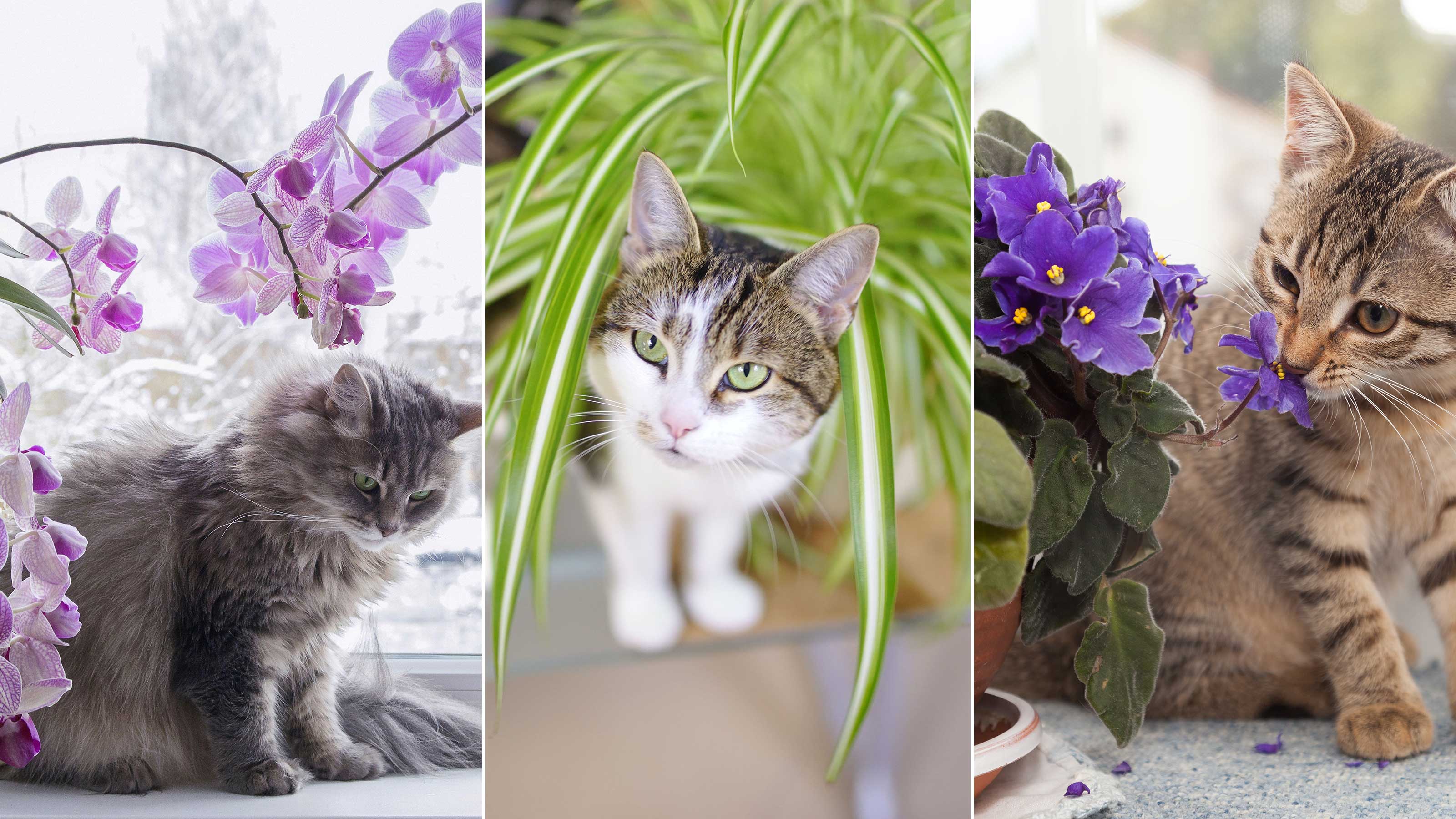 10 houseplants that are not toxic to cats — plus expert advice on keeping your pets safe
10 houseplants that are not toxic to cats — plus expert advice on keeping your pets safeKeep your four-legged companion safe by choosing these houseplants that are not toxic to cats, and learning the dangers of those that are, according to veterinary experts
By Holly Crossley
-
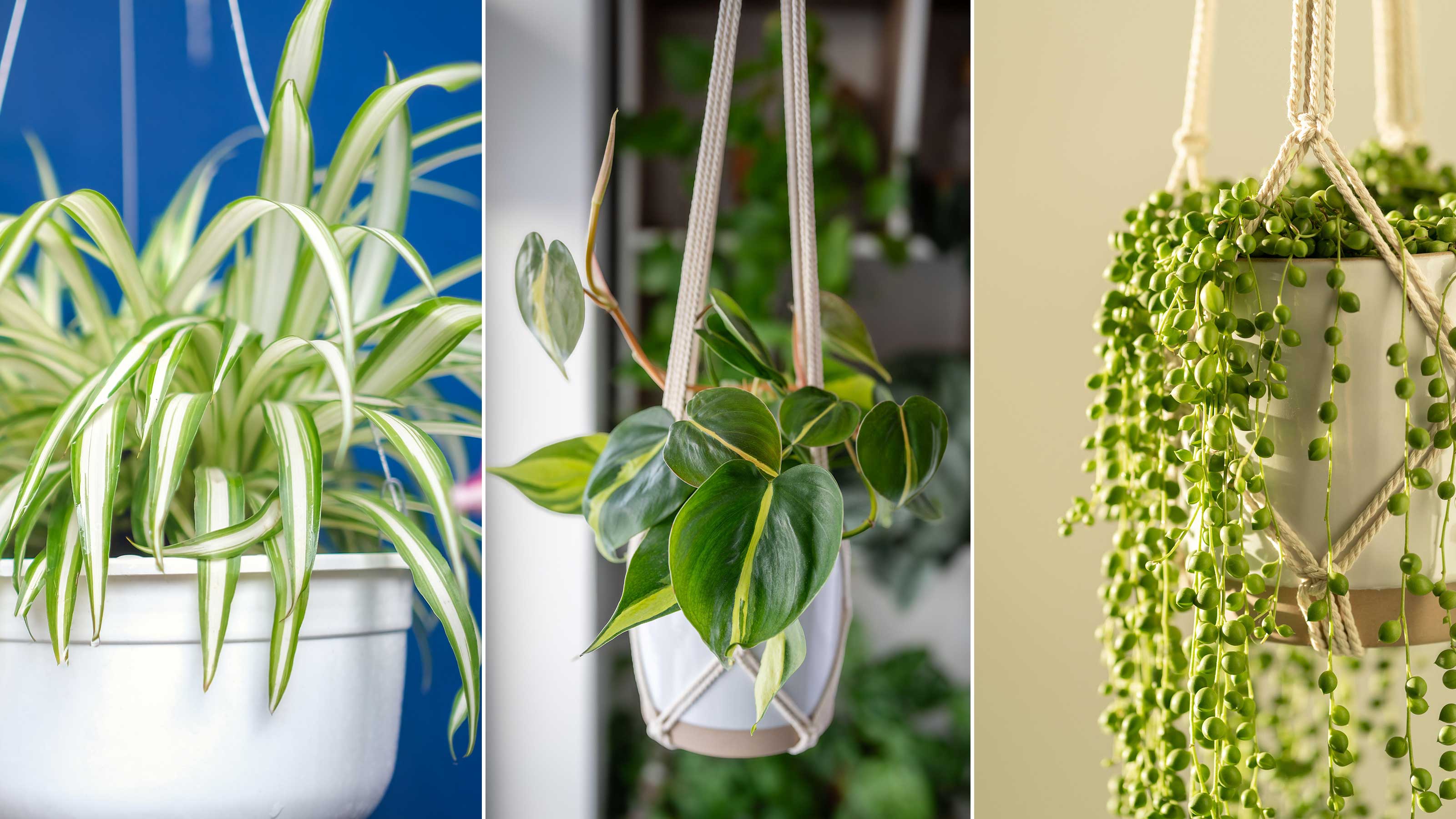 Best hanging basket houseplants — 10 leafy options for maximizing vertical space
Best hanging basket houseplants — 10 leafy options for maximizing vertical spaceDiscover the best hanging basket houseplants for elevating empty spaces in your home, as well as expert tips on how to keep them looking their best
By Holly Crossley
-
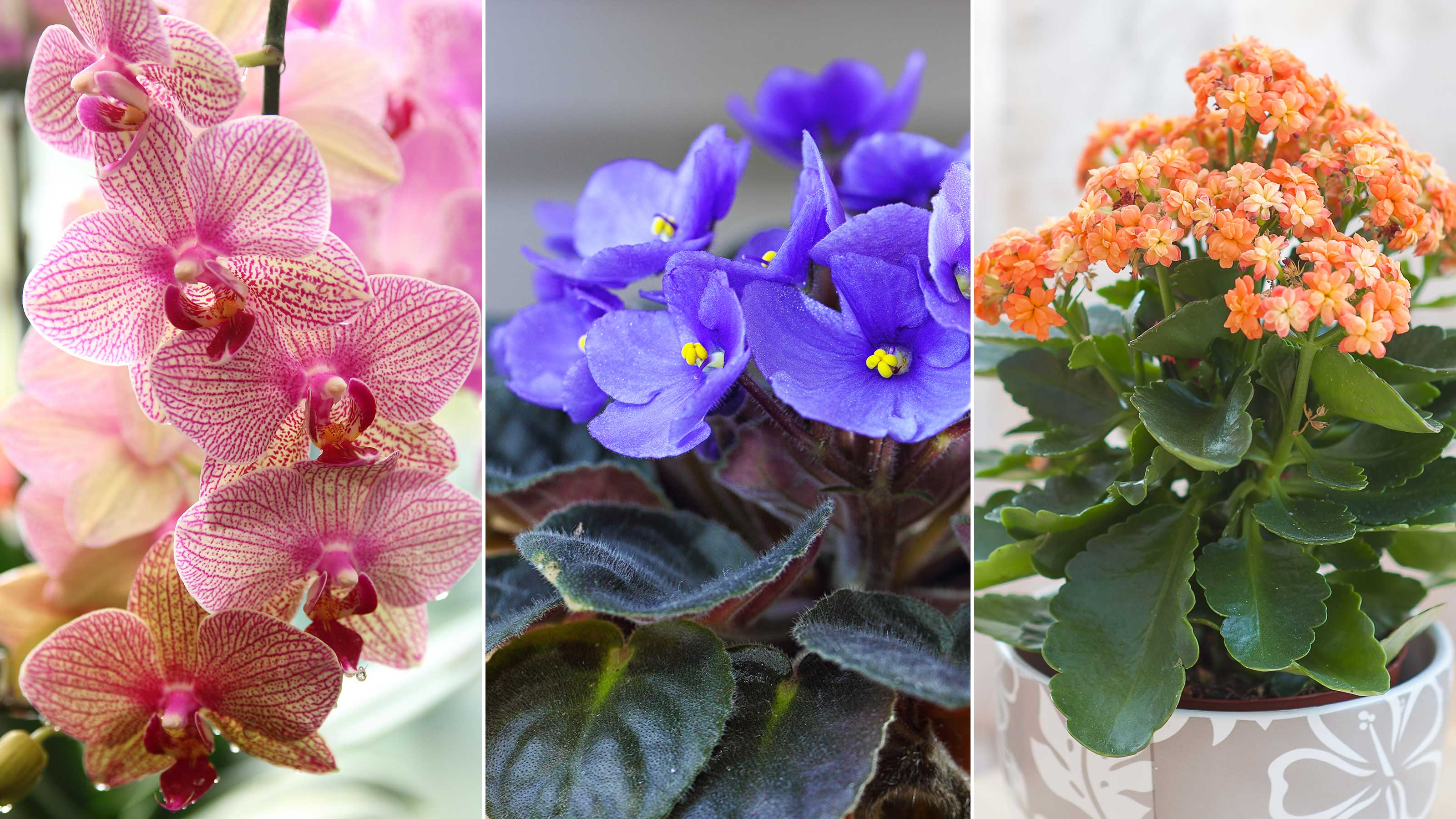 The 10 best indoor flowering houseplants to bring natural beauty to your space — including ones that blooms for months
The 10 best indoor flowering houseplants to bring natural beauty to your space — including ones that blooms for monthsThese are the best indoor flowering houseplants to beautify an interior scheme, plus expert advice on plant maintenance and styling
By Holly Crossley
-
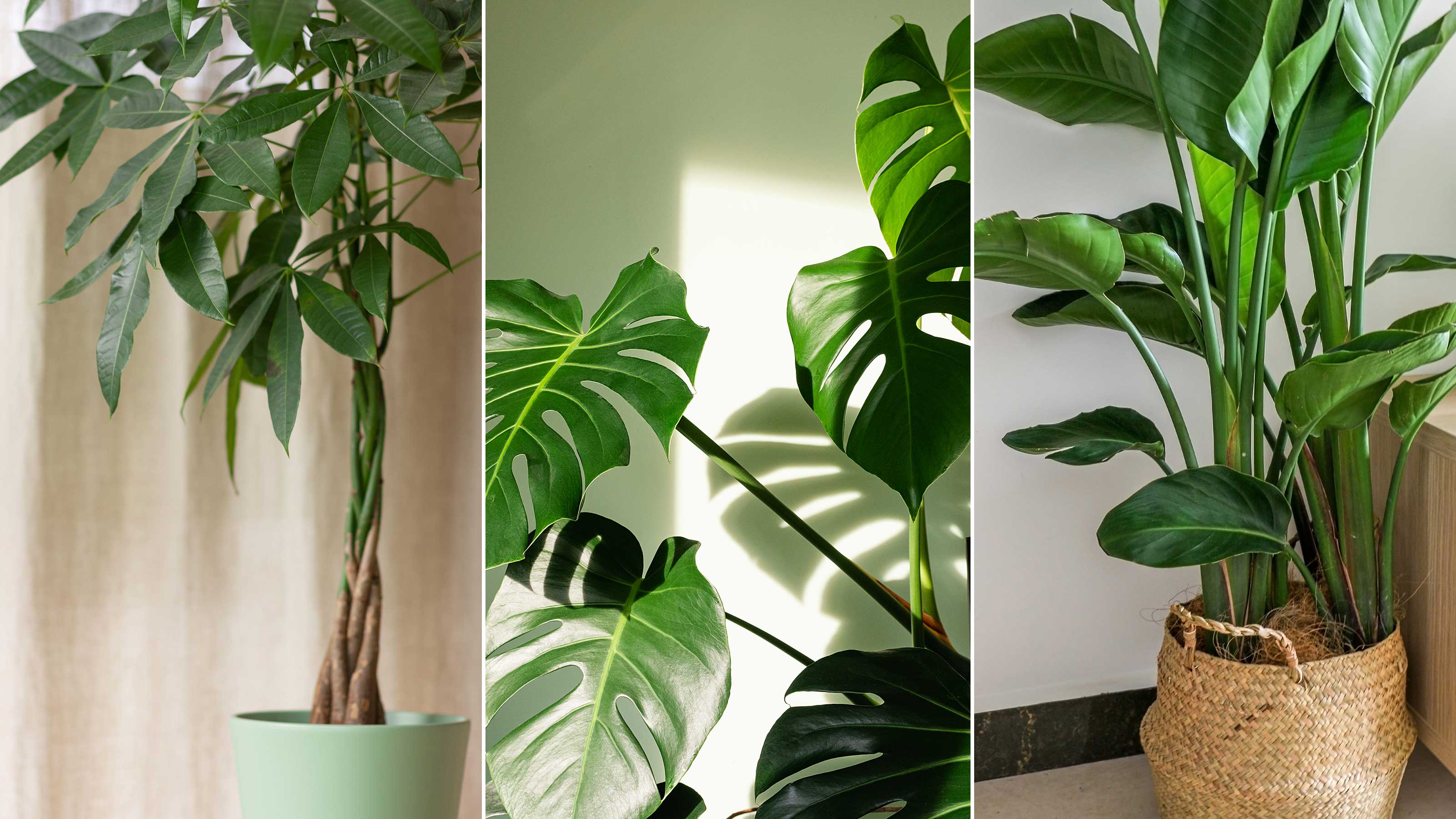 Best tall houseplants — 10 lofty options for indoor spaces
Best tall houseplants — 10 lofty options for indoor spacesThe experts reveal the best tall houseplants for a beautifully botanical interior scheme, plus practical tips on how to care for them
By Holly Crossley
-
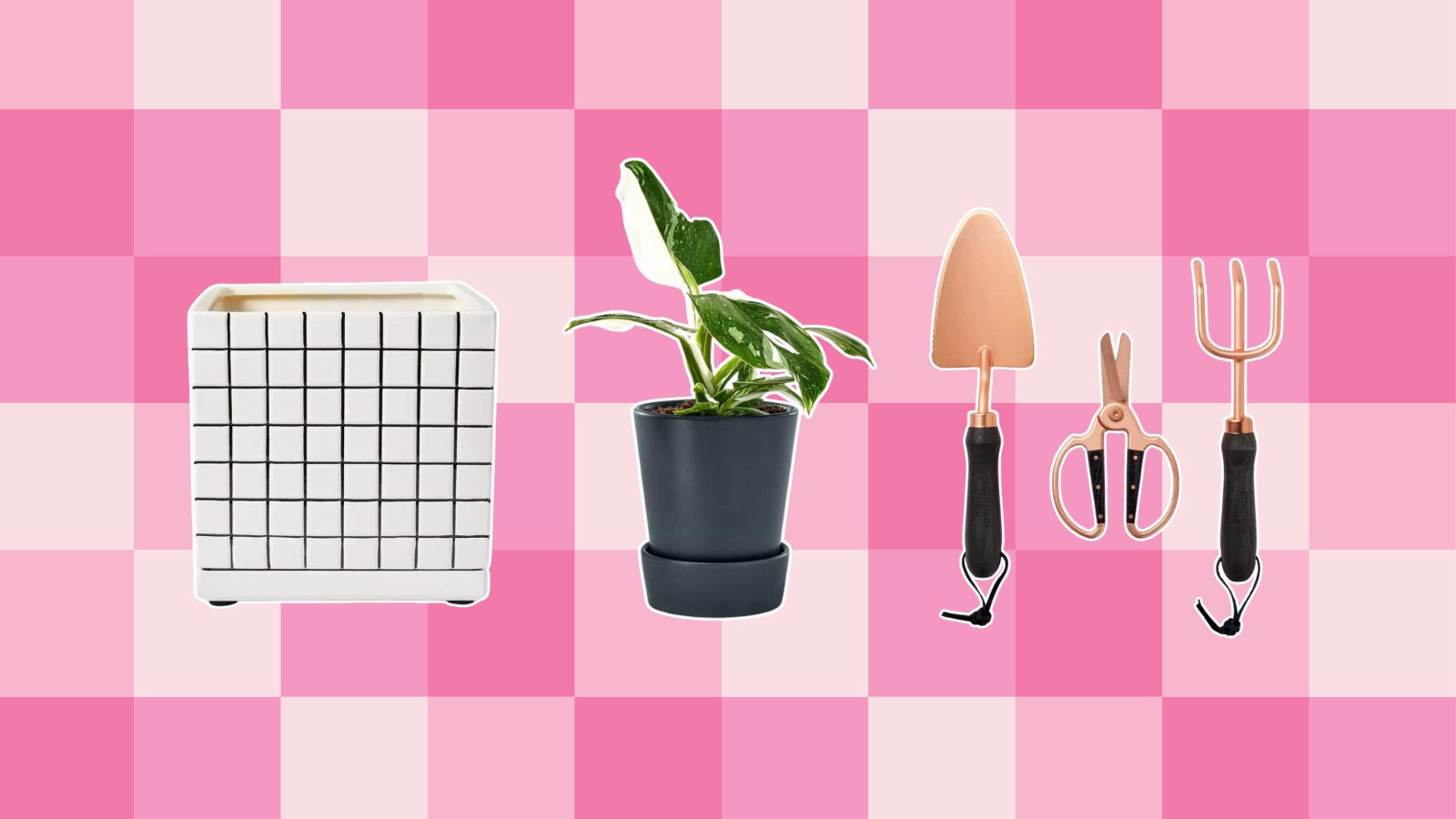 The new Hilton Carter Target line is every plant parent's dream — shop our favorite picks from $20
The new Hilton Carter Target line is every plant parent's dream — shop our favorite picks from $20The new Hilton Carter Target line is here and complete with live plants, cute decor, and handy tools. Shop our favorite picks from $20
By Danielle Valente
-
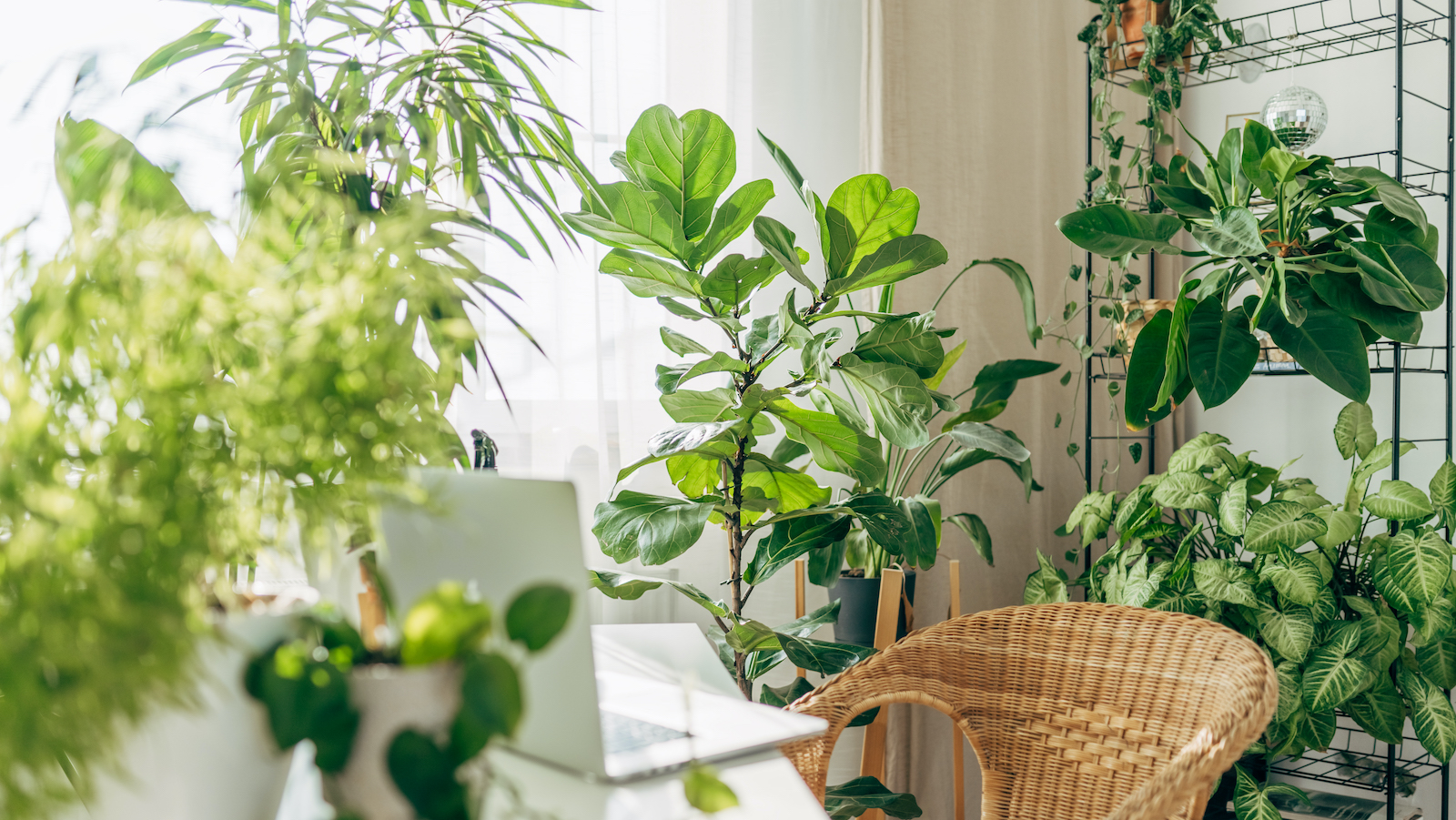 How to pollinate indoor plants — gardening experts spill their best tips
How to pollinate indoor plants — gardening experts spill their best tipsCurious how to pollinate indoor plants and when it is necessary? Let our gardening experts break it all down
By Danielle Valente
-
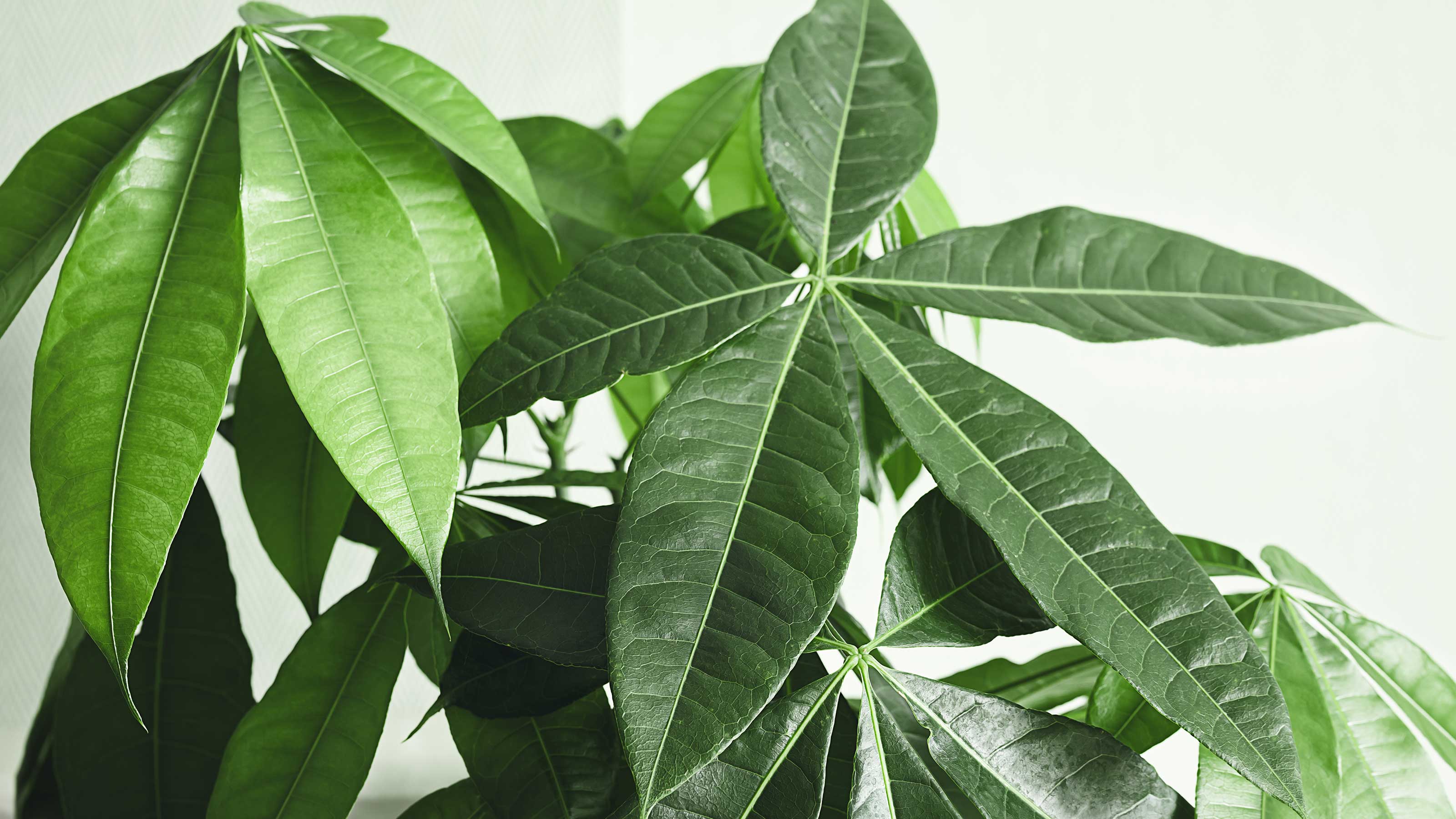 How to care for a money tree — 7 tips for thriving indoor plants
How to care for a money tree — 7 tips for thriving indoor plantsThe experts share top advice on how to care for a money tree, including practical tips for watering, soil type, and pest control
By Holly Crossley
-
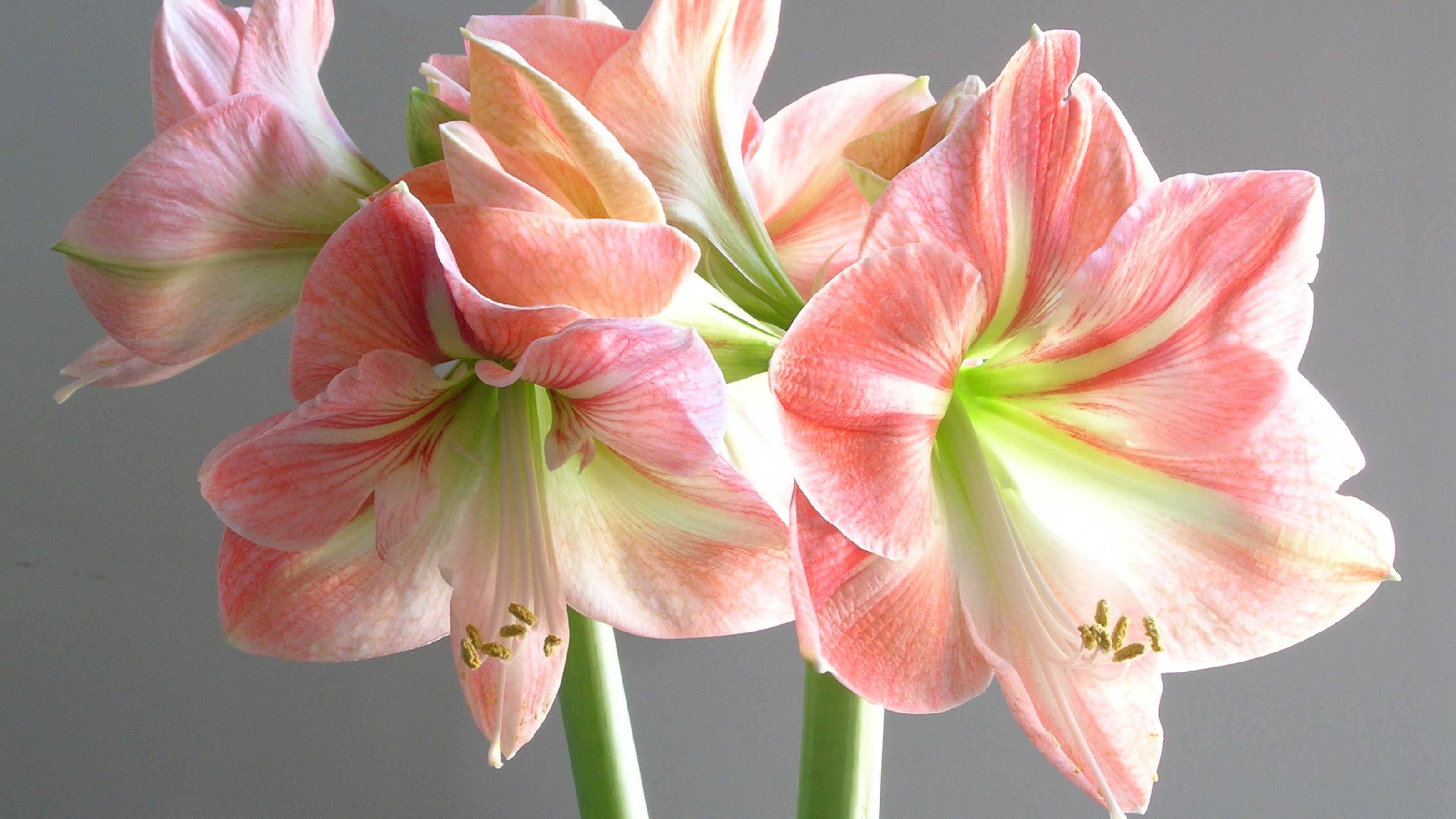 How to care for amaryllis — 9 tips for these fabulous flowering bulbs
How to care for amaryllis — 9 tips for these fabulous flowering bulbsLearn how to care for amaryllis with this practical guide, including expert-approved info on pruning, propagating, and whether you can move them outdoors
By Holly Crossley